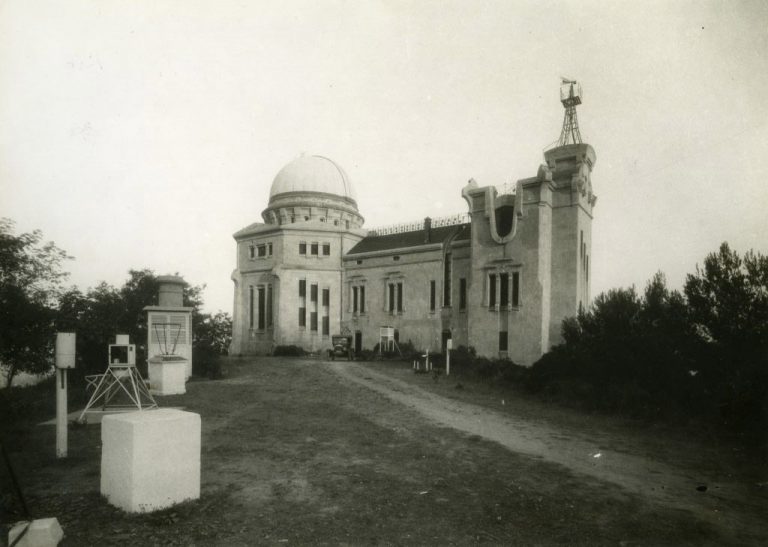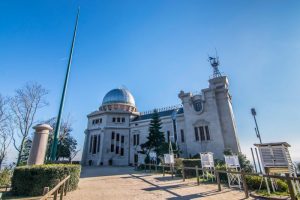Fabra Observatory Barcelona recognised as WMO Centennial Observing Station

The World Meteorological Organization (WMO), at its 70th Executive Council Meeting (July 2018), has officially recognised the Fabra Observatory meteorological station in Barcelona as a centennial long-term observation station. Located on the Tibidabo slope, at an altitude of 411 m, it is the only observatory in Barcelona that has maintained its activity since August 1913. The Observatory was set up in 1904 by the Royal Academy of Sciences and Arts of Barcelona, launching astronomical and seismological observations, and is still active today.
No main changes to the location of the meteorological instruments have been reported since 1913, and the climate series is continuous and without gaps. Even during the Spanish Civil War, 1936-1939, the observatory was in operation. These characteristics make Fabra a reference climatological site for monitoring climate change and variability in the city. An example of the valuable information provided by the observations is that mean annual air temperature has warmed at a rate of 0.14°C/decade for the period 1914-2017, while no significant trends have been observed in yearly rainfall.

As well as the Essential Climate Variables (ECV), several other observations are reported daily, some of these four times a day: solar insolation, cloud cover and type, visibility, pan evaporation, soil temperature and phenology stages. Additional observations are the number of rain dust days and the number of days where the island of Majorca can be seen from the site. In 1995 an Automatic Weather Station was installed by the Meteorological Service of Catalonia for classical observations.
The Observatory plays an important role in scientific dissemination, organising seminars and courses, and almost daily visits for students and the general public.
Catalonia also has another observatory with more than 100 years of continuous observations which has already been recognised by the WMO: the Ebre Observatory, in Tortosa.
For more information see http://www.fabra.cat and http://www.meteo.cat/wpweb/climatologia/el-clima-ara/observatoris-fabra-i-de-lebre/
Online data: http://www.meteo.cat/observacions/xema/dades?codi=D5
By Marc Prohom – Associació Catalana de Meteorologia (ACAM)


Kommentare sind geschlossen.